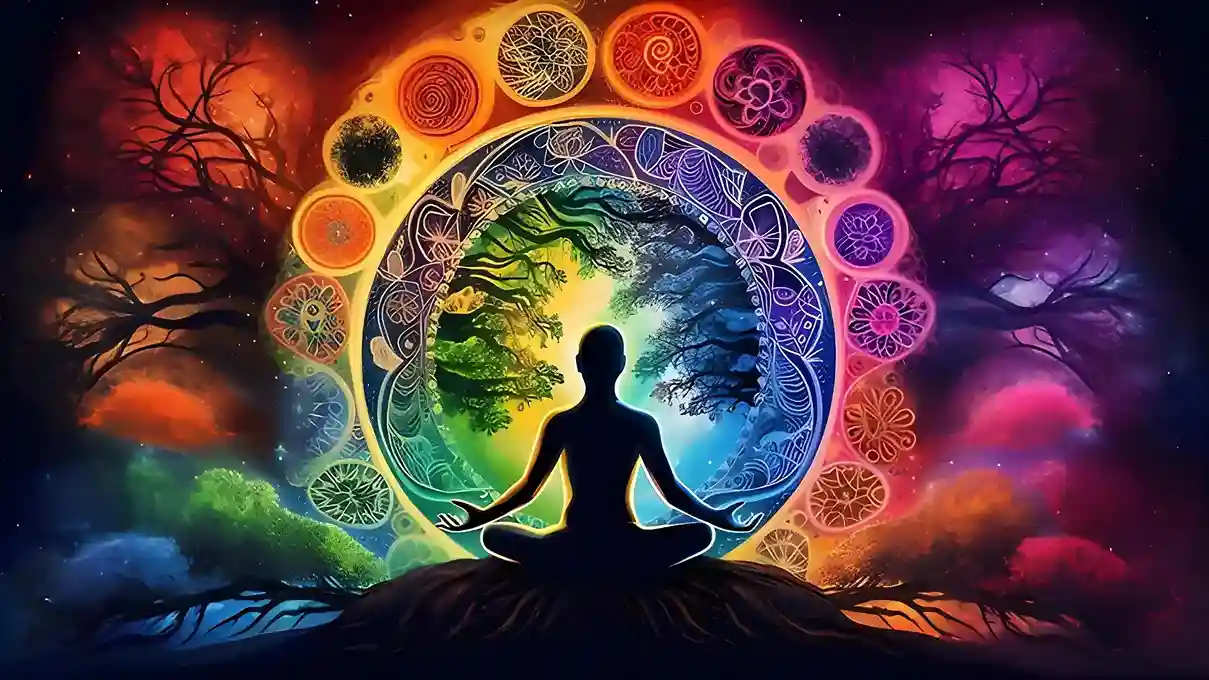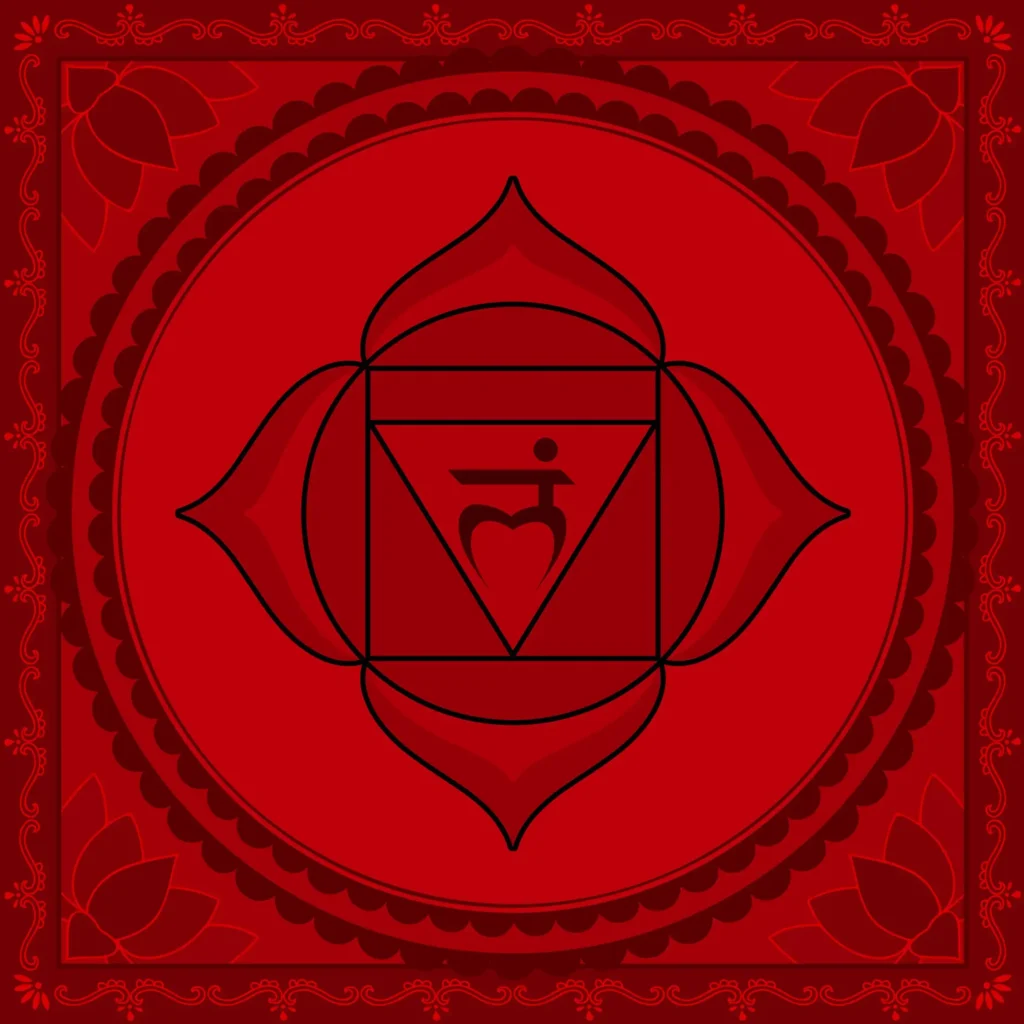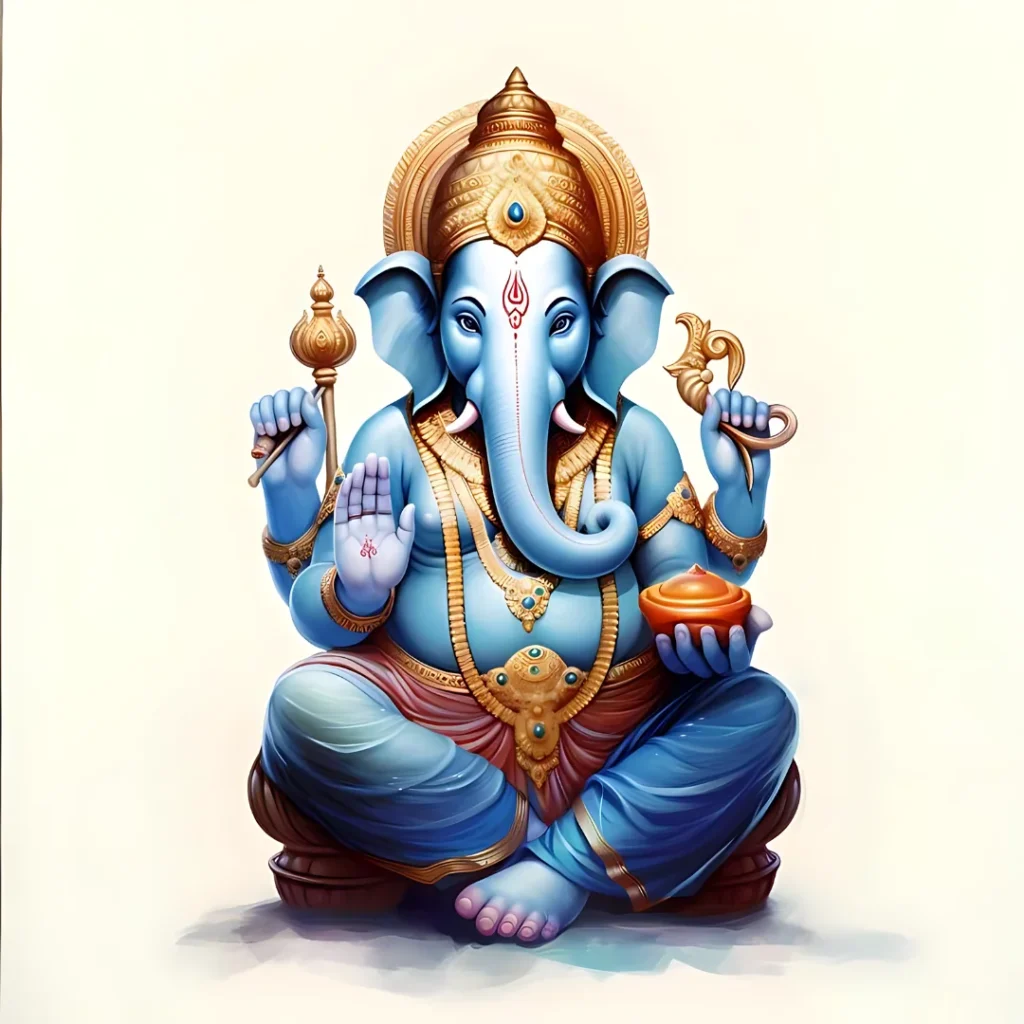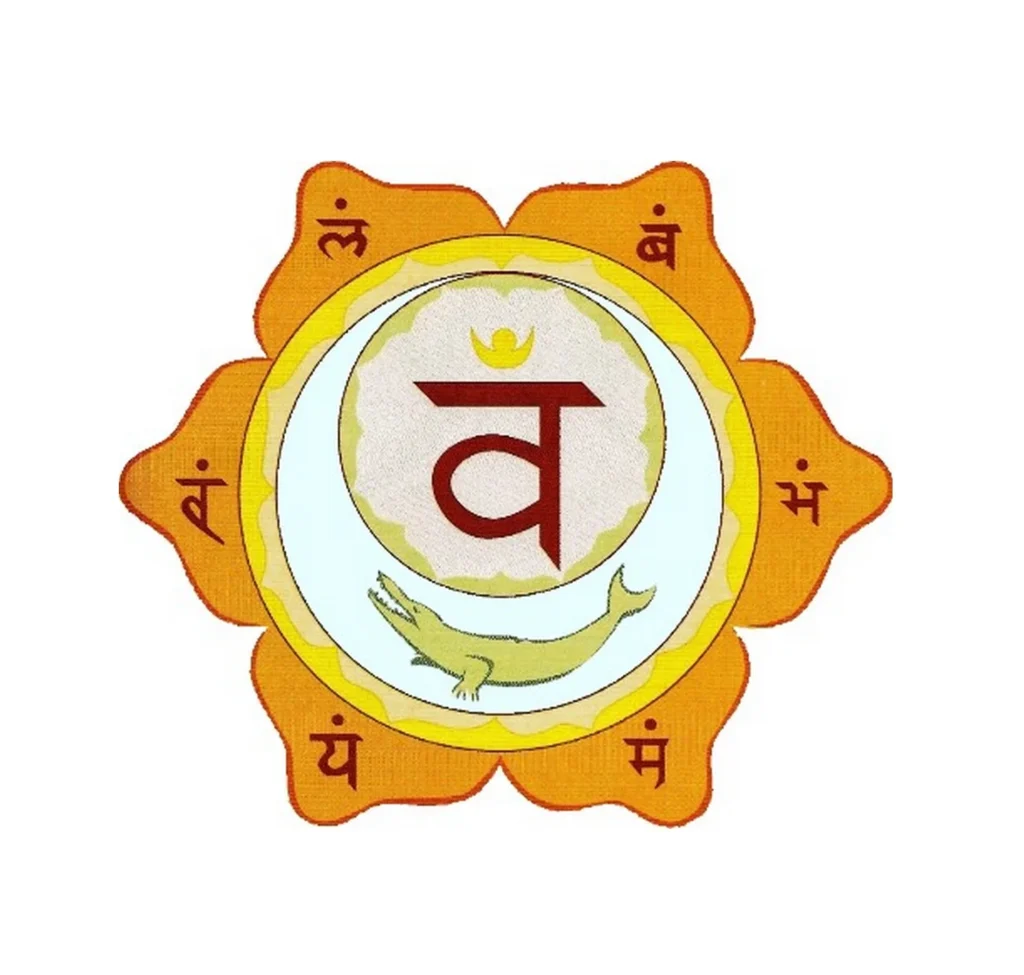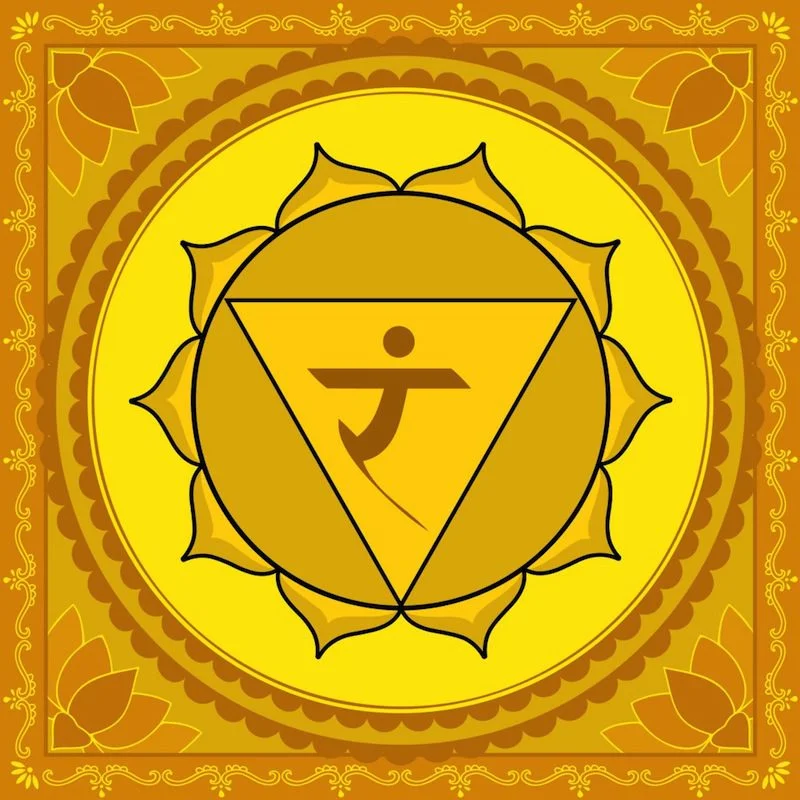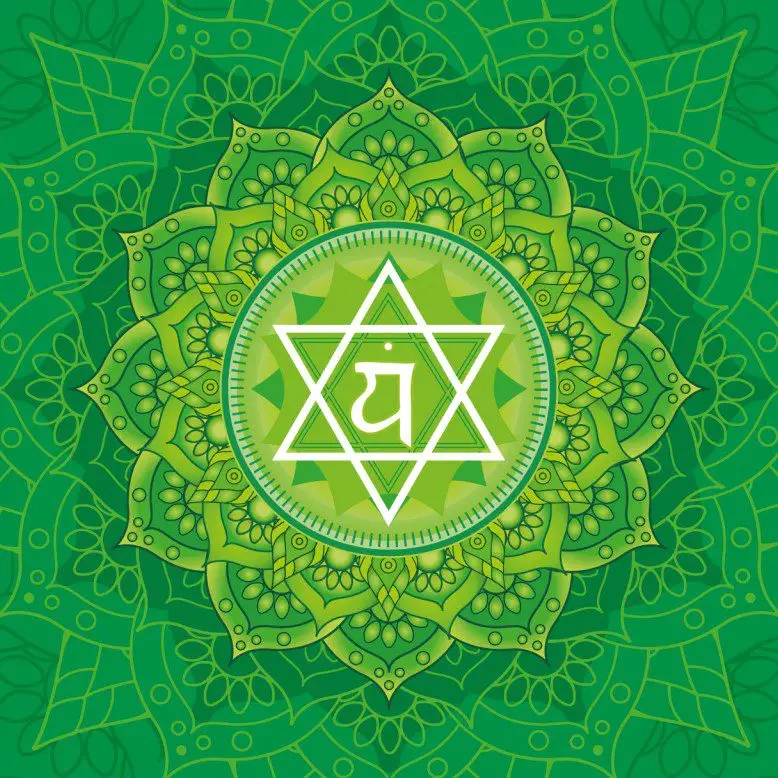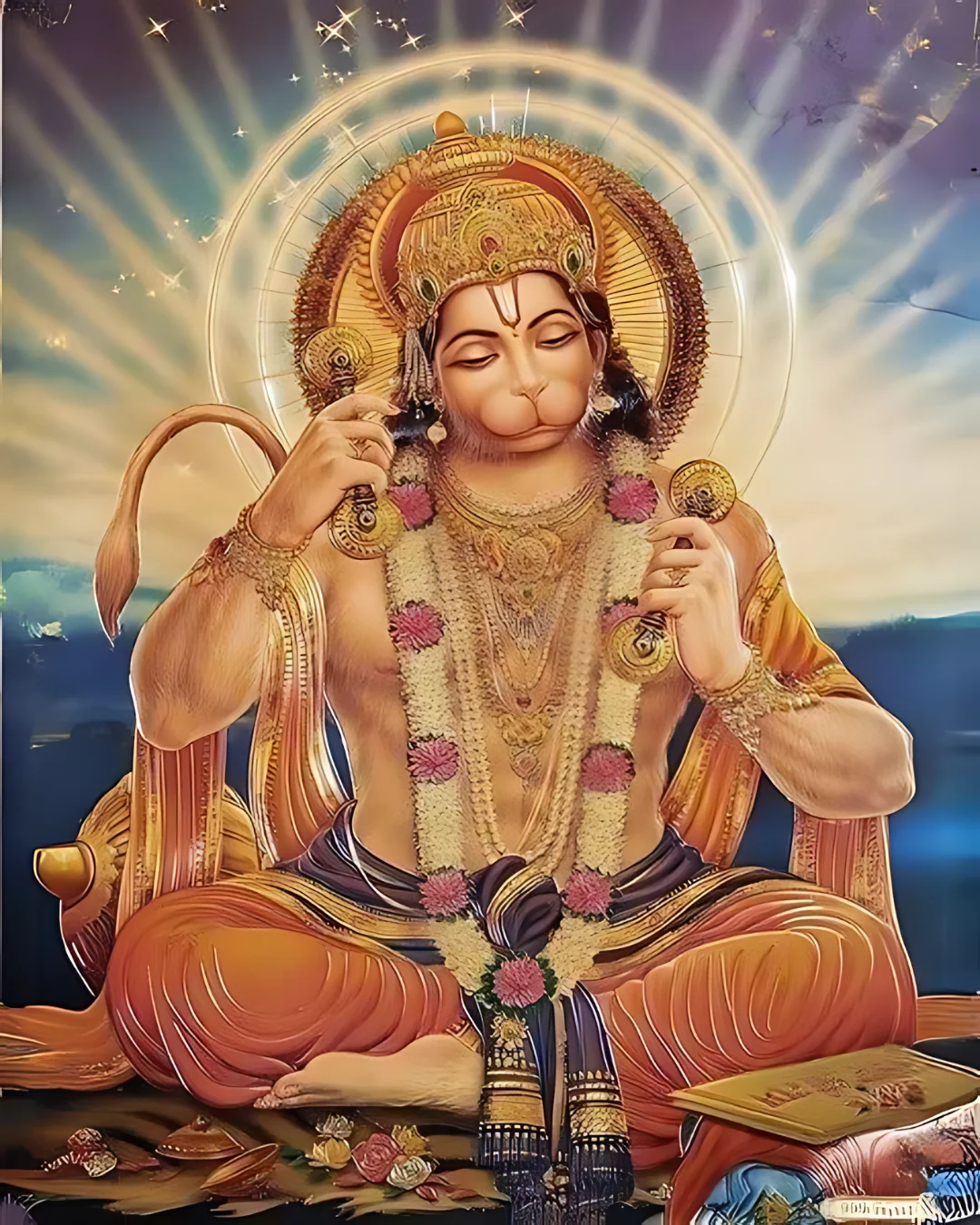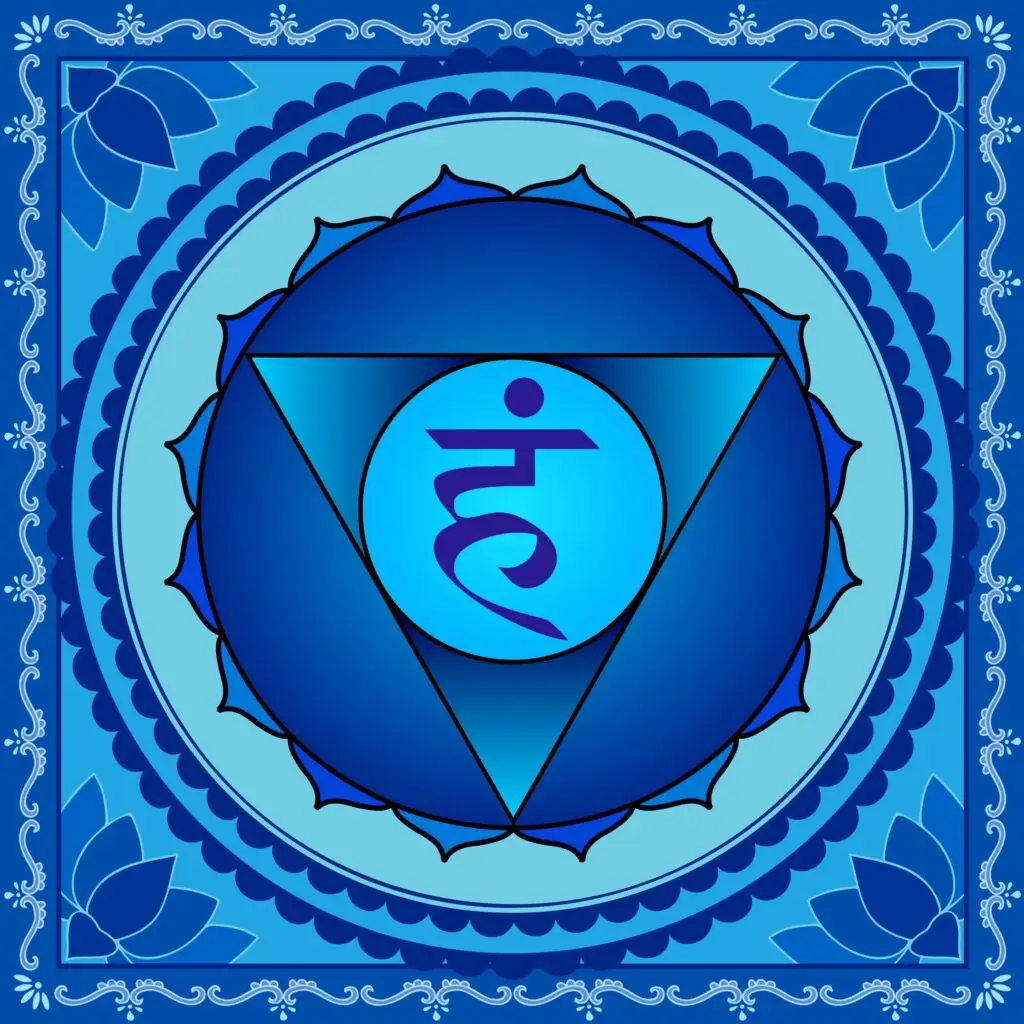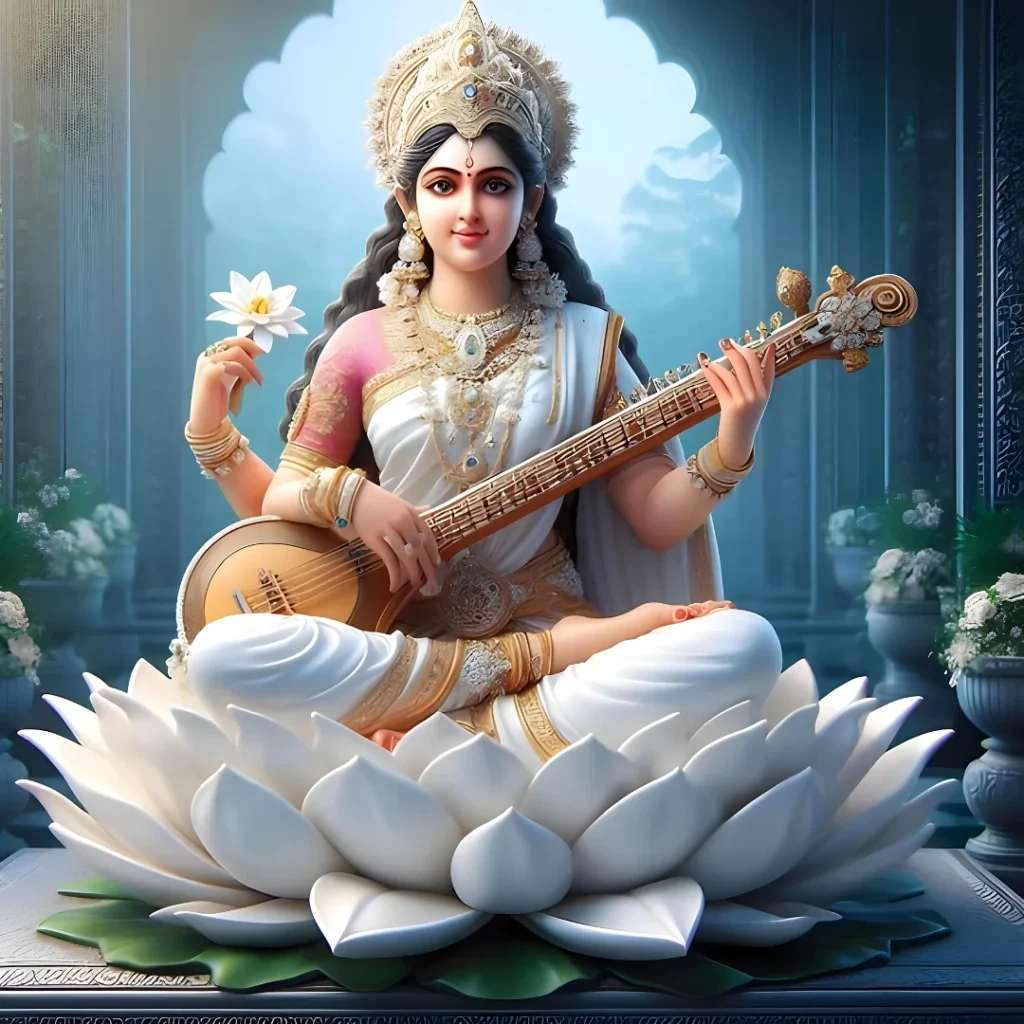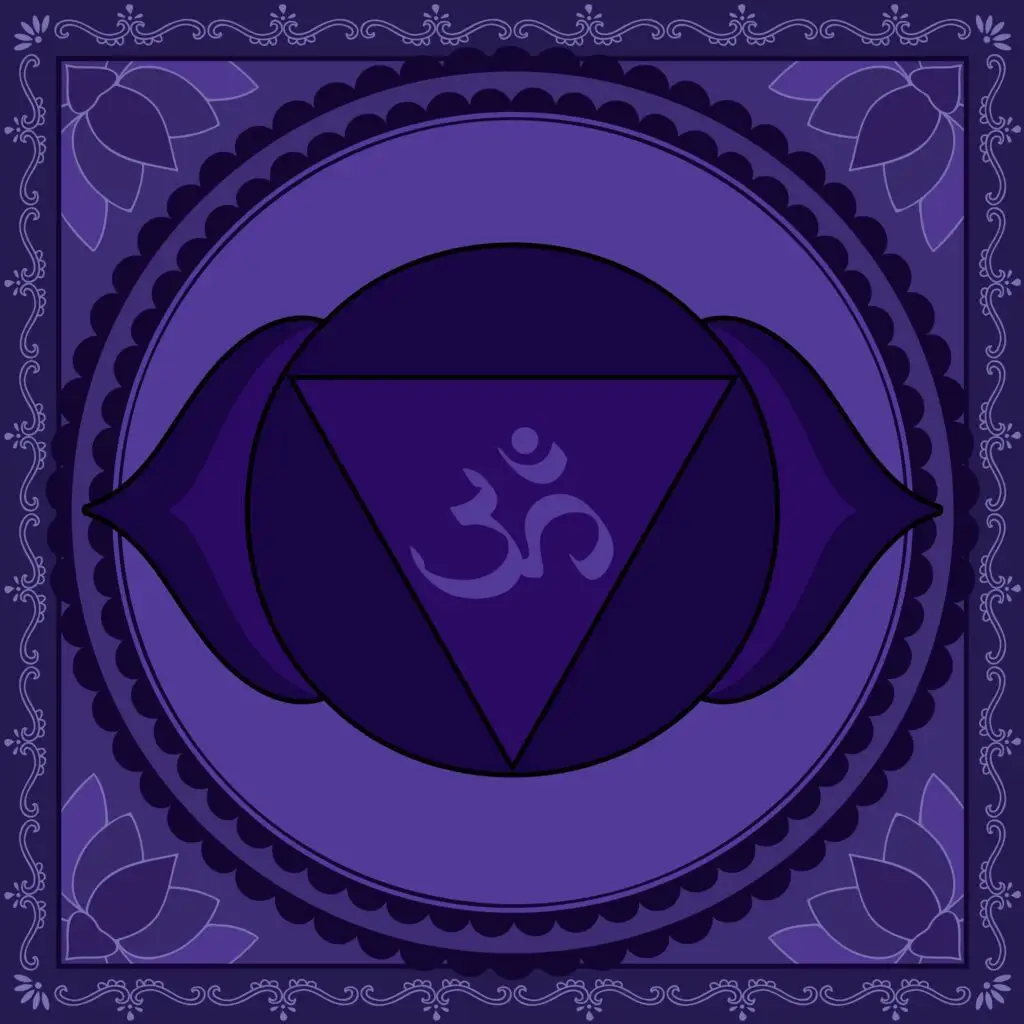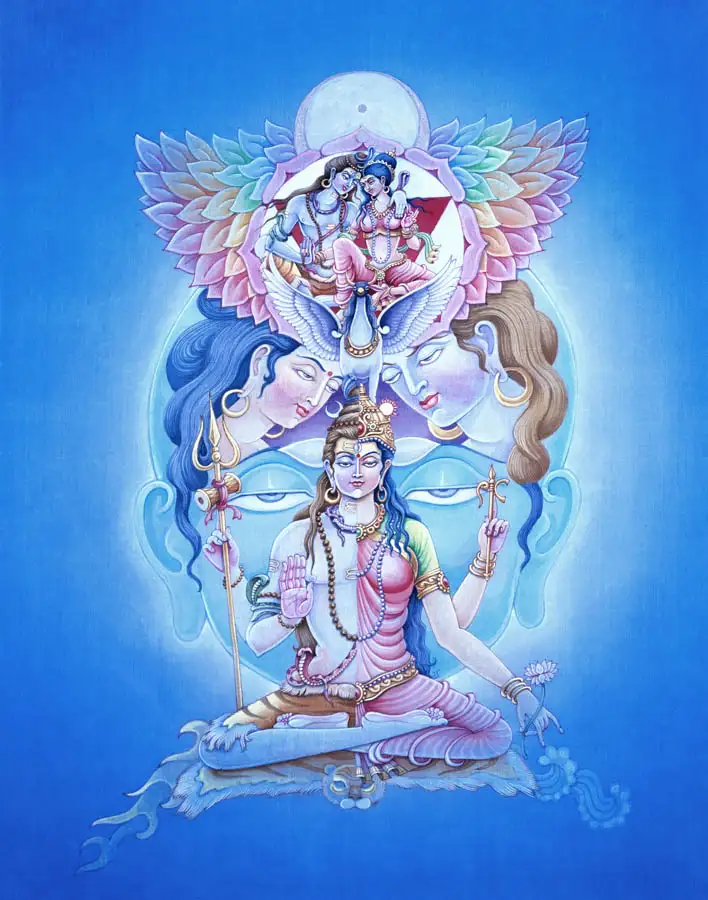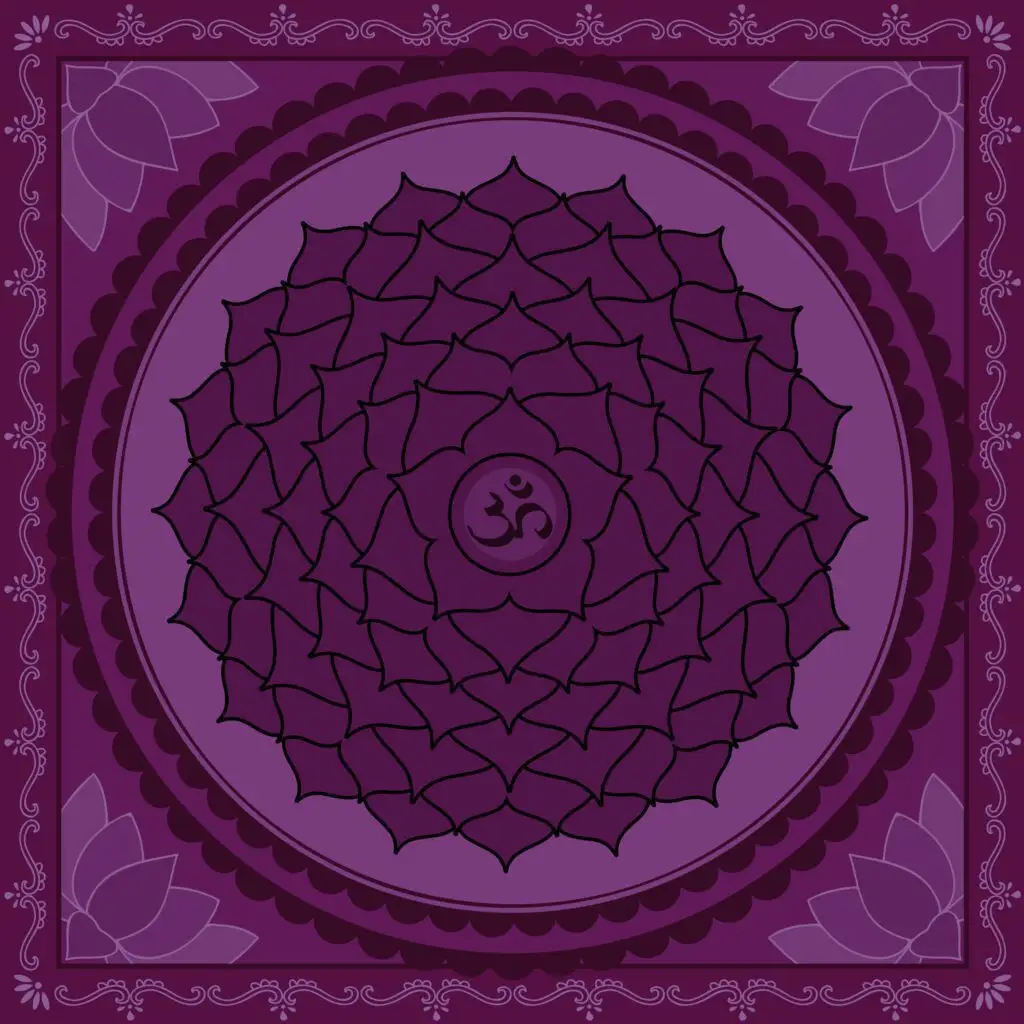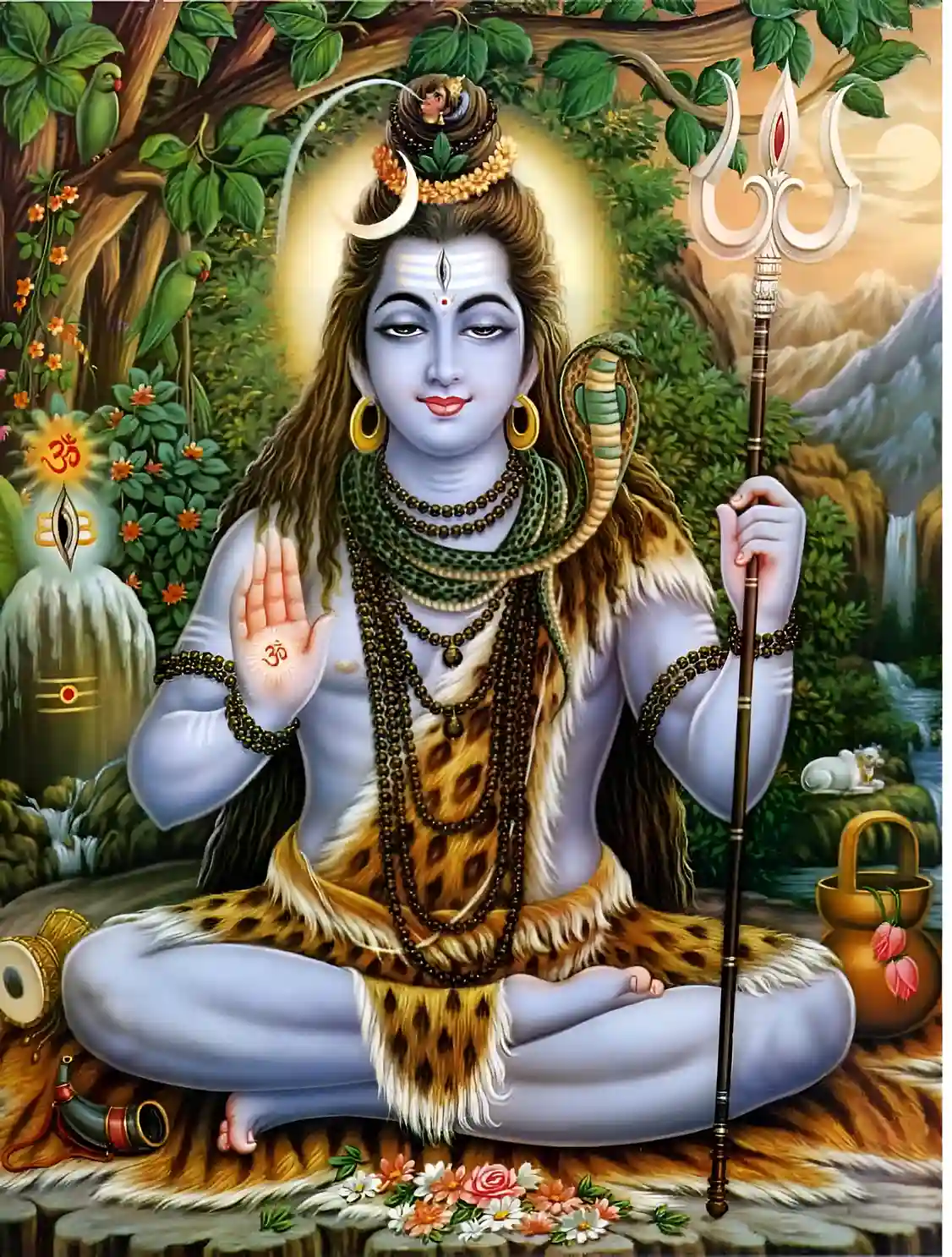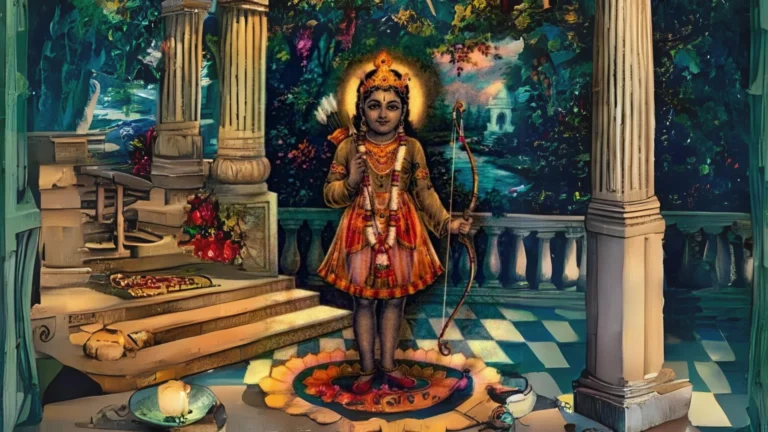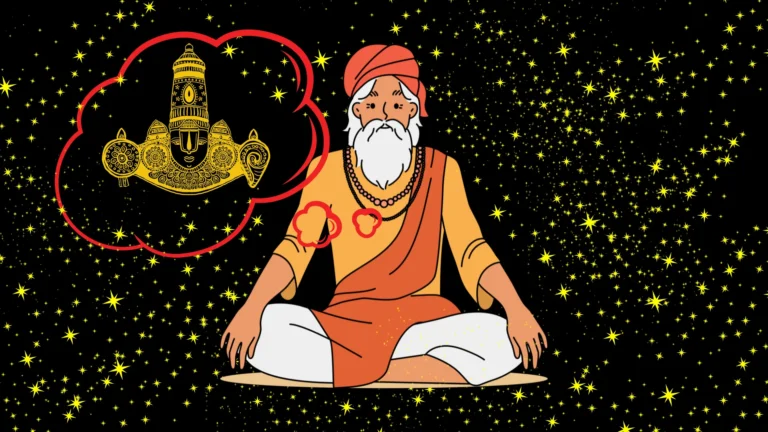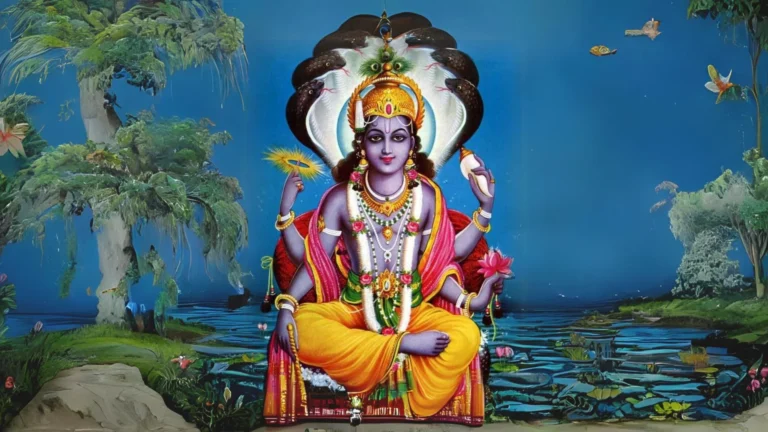Please Like the Blog and Share it for Maximum Reach
Table of Contents
What Do The 7 Chakras represent?
The seven chakras have always fascinated spiritual aspirants. The term chakra originates from the Sanskrit language. It literally means wheel. They represent the wheel of energy, the wheel of life. There are seven chakras in the human body system.
They are dispersed linearly along the spine, starting from the base of the spine. Till the top of the head, each chakra has a unique symbolism, colour and deity associated with it. Chakras are subtle and have an impact on our physical, mental and emotional status.
So, an imbalance of chakras might cause chronic diseases or recurring problems. Unstable mind, periodic pains in certain situations, emotional disturbances, etc. also come about as results of an imbalanced chakra system. The 7 chakras are 7 energy centers that determine our quality of life.
The Mooladhara Chakra
The Mooladhara Chakra First of the 7 chakrasIs the Root Chakra or Muladhara Chakra. The location is base of the spine. It’s color is red. The symbol is Lam.
The deity is Lord Ganesha. The first chakra is Muladhara also called the Root Chakra in English. Two Sanskrit words form this word. They are Mula means basic and Adhara means foundation.
So it means it is the energy center of instinctual and fundamental emotions. Emotions like safety, survival, security and a tendency to remain grounded can be awakened through an activated Muladhara Chakra. All fears are enclosed in this.
So, the next time you see an overtly insecure, anxious or fearful person, know that the Muladhara Chakra is weak and needs to be worked upon for a better experience.
There are many other physical, emotional and subtle symptoms of a totally balanced and an imbalanced Root Chakra. Just like Red is an alert signal. The Muladhara reminds us of our fundamental nature. It is similar to the fears of animals who are threatened by predators in their habitats.
Progressive human beings gain control over this chakra. The Vedic deity of Muladhara is Lord Ganesha.
So the Vedic symbolism is that only by activating Ganesha, the deity of the Muladhara can Shakti, the mother of Ganesha, rise towards Sadashiva. Only if Lord Ganesha is satisfied can Shakti or Kundalini energy riseupwards.
All fears are enclosed in this. So, the next time you see an overtly insecure, anxious, or fearful person, know that the Muladhara Chakra is weak and needs to be worked upon for a better experience.
There are many other physical, emotional, and subtle symptoms of a totally balanced and imbalanced Root Chakra. Just like red is an alert signal, the Muladhara reminds us of our fundamental nature. It is similar to the fears of animals who are threatened by predators in their habitats.
Progressive human beings gain control over this chakra. The Vedic deity of Muladhara is Lord Ganesha. So, the Vedic symbolism is that only by activating Ganesha, the deity of the Muladhara, can Shakti, the mother of Ganesha, rise towards Sadashiva.
Only if Lord Ganesha is satisfied can Shakti or Kundalini energy rise upwards. Without a strong Muladhara, a well-rounded character is not possible.
The Sacral Chakra
Second of the seven chakras is the Sacral Chakra. Its location is roughly below the belly button. Its color is orange. Its symbol is Vam. Its deity is Sri Vishnu.
Swadhishthana or the Sacral Chakra is the second chakra located roughly below the belly buttontowards the front. Two Sanskrit words form this word. They are Swa means self and Adishthana is to get established. So, it means that Swadhishthana Chakra is the point of the human body where the infinite possibilities of human incarnation can be explored.
It is the gut. A strong Swadhishthana Chakra enables humans to reach their ultimate human abilities in bothmaterial and spiritual terms. The science of Kundalini Yoga gains a lot of significance when the Shakti energy flows from the Swadhisthana up to the Sahasrara Chakra.
Because this Chakra is a reservoir of male and female sexual energies, passions, desires and ultimate willpower, it is responsible for maintenance of the testis, ovariesand the sexual organs.
The Swadhisthana chakra suffuses one with energy for procreation and instills a feeling of elation. Yet it is the second and so fundamental chakra and one needs to progress further to explore their core.
An imbalanced Swadhisthana makes one sexually manipulative, creatively impaired and emotionally deep. The color Yellow seeks one to watch their thoughts and feelings that impact the mood. It is a sign to stay watchful and audit our thoughts through introspection so that we don’t invite negativity into our system.
The presiding Vedic deity of the Svadhisthana is Lord Vishnu, the Master of Creative Energies.
This is the reason why people say that sexual energy can be converted intocreative energy because both these energies lie in the same ambit of the Swadhisthana Chakra. As Lord Vishnu is the maintainer, he presides over the Swadhisthana Chakra that provides one with energy to carry out procreation, maintenance and continue with the survival process.
The Solar Plexus Chakra
The third of the seven chakras is the Solar Plexus Chakra or the Manipuraka Chakra. Its location is above the bellyits color is yellow, its symbol is Rama, its deity is Devi. The Manipura or the Manipuraka chakra is the third chakra located roughly above the navel, towards the front.
Two Sanskrit words form this word. They are Mani means jewels and Pura means city. It literally means city of jewels. It manages the liver, spleen and small intestines. The power of the Manipuraka chakra is what distinguishes us from animals.
So, the above two chakras were instinctual and primitive by nature dealing at the root levels. It catered to fear, management, sexualneeds, desires and grounding. However, Manipuraka Chakra demarcates the line between humans and animals.
It is the reservoir of human intelligence, insight, calm and confidence. Through Manipuraka Chakra, we can gain insight into the true goal of human life. It helps break through the cycle of birth and death.
It gives us insight as to what humans are meant for. making us progressive species on the planet. So, it has the key towards self-realization, giving us a scope to explore our true potential. By activating the Manipuraka, we unlock the precious qualities of steadfastness, concentration and perseverance.
It develops our one-pointedness towards any particular task or goal.
7/8 Questions from Sanatana Dharma
The scores generated in this Quiz may or may not be absolute. There may be right or wrong answers to each Question. A percentage towards 100 indicates that you are more aligned to the overall subject matter.
The Heart Chakra
Fourth of the seven chakras is the Heart Chakra or the Anahata Chakra. Its location is the center of the heart. Its color is green. Its symbol is Yam.
Its deity is Hanumanji. Anahata is the fourth chakra located at the center of the heart. It is a Sanskrit word that means the undefeatable. It is the center of emotions and the feeling of calmness. After progressing from the Manipuraka Chakra, wherein we realize our unique human abilities, the Anahata Chakra reveals to us the depths of human emotions.
A person with activated Anahata Chakra feels true compassion for other living beings. Hence, the Anahata Chakra makes a person more like a Devata kind, generous, equanimous and large-hearted. Forgiveness is a key quality. In other words, Manipuraka is the storehouse of progressive qualities while Anahata is a storehouse of liberating ones.
The presiding deity is Hanumanji.
He is the universal devotee and the source of all compassion. is ever compassionate to the living beings who are devoted to the Lord. Thus, when we tap into the Anahata Chakra, we get a drop of Hanumanji’s devotion and love.
We become fortunate to receive a spec of his emotions towards the Lord and the rest of the world. Hence, it makes us sensitive not only towards ourselvesbut also towards the world. We become sensitive towards our spouses and develop affection for one another.
Because we become sympathetic, empathetic and humble our overall personality improves. It makes us better parents and responsible children. Also the sound of our consciousnessbecomes clearer once we become capable of activating the Heart Chakra.
The Throat Chakra
Fifth of the seven chakras is the Throat Chakra. Its location is the center of the throat. Its color is blue. Its symbol is Hum. Its deity is Saraswathi Devi. Vishuddhi is the fifth chakra located at the center of the throat. It is a Sanskrit word that means that which is real.
It controls the thyroid gland. An activated throat chakra is associated with increased sense of confidence and influence on others through one’s oratory skills. An activated Vishuddhi chakra of a Yogi or spiritual aspirant speaks the ultimate truth.
It gives oneVaka Siddhi or the ability to make words come true. Words become actions and then reality. The presiding deity of the throat chakra is Saraswathi or Vaka Devi.
She is the goddess of speech, wisdom, arts, knowledge and purity. Vishuddhi chakra makes people good singers, speakers and worldwide influencers. It symbolizes purity of speech and truthfulness, making one loyal towards one’s body.
Therefore, an untruthful person or a deceitful person can never have an awakened throat chakra. So, there needs to be work done on the lower chakras before one really gets to the throat chakra.
The Brow Chakra
The sixth of the seven chakras is the Brow chakra or the Ajna chakra. Its location is the center of the brow. Its color is indigo. Its symbol is OM. Its deity is Ardhananiswara.
Ajna is the sixth chakra located at the center of the brow. It is a Sanskrit word that means perception beyond wisdom. An activated Brow Chakrais associated with increased sense of confidence and influence on others through one’s oratory skills. It is a Sanskrit word that means perception beyond wisdom.
Through Anahata Chakra, one is able to unravel the mystery of life and grasp one’s ultimate goal of liberation. The concepts of the world fall apart as mere unreal concepts and the truth stands revealed. One is able to pierce through the energies of the world.
It symbolizes the union of male and female energies to graduate to the ultimate truth. Bodily identification and grossness of body-mind breaks as one is on their journey towards activating the Ajna Chakra. One starts becoming spiritual.
Spiritual insights dawn upon a sincere seeker and the matters of the world starts becoming disintegrated. The presiding deity is Ardhanareshwar.
They symbolize the union of the cosmic energies. They symbolize the union of Prakriti or female energy and Purusha, the male energy. In practical terms, it means that the practitioner starts perceiving oneness in the world via spiritual insight.
Experiences of a being with an activated Ajna Chakra have phenomenal gravity. Their words have experiential value and following their advice can change the lives of men.
The Crown Chakra
Last of the seven chakras is the Crown Chakra or the Sahasrara Chakra. The location is in the Brahmarandra or the top of the head. Its color is violet. Its symbol is Om.
Its deity is the Ishta Devata or presiding deity of the Sampradaya. Sahasrara is the seventh and the last chakra located at the top of the head. It is a Sanskrit word that means a new life.
Well, it does mean a new life. This is the goal of all Kundalini awakening experiences. All experiences shall finally culminate towards attaining the Sahasrara Chakra activation. Persons with an activated Sahasrara Chakra have an extraordinary life.
Their skills, abilities, qualities, etc. touch the roof of perfection. They need not develop insight or intuition. Instead, they are blessed with all that they need. However,to get to this state, one must perform severe hostilities, mind control, sense control and practice abstinence from all that agitate the senses or ignite passion. This is the state of ultimate realization.
An activated Sahasrara Chakra opens the gatewaysof the other world, the true world, the spiritual world. The presiding deity of this chakra is your Ishta Devata or the Devata of the Sampradaya you follow.
For Shaivites it is Sadashiva, for Shaktas it is Devi, for Vaishnavas it is Narayana or Krishna and for Saura Sampradaya it is Surya Narayana Bhagwan.
All of these deities symbolize ultimate reality and the peaks of attainment. They are embodiments of activating this chakra is a lifelong endeavor and the goal of all spiritual practices and yoga. Hence, understanding and working towards activating the seven chakras is the highest and the most appropriate way to invest the energies of the human body.
Please Like the Blog and Share it for Maximum Reach

